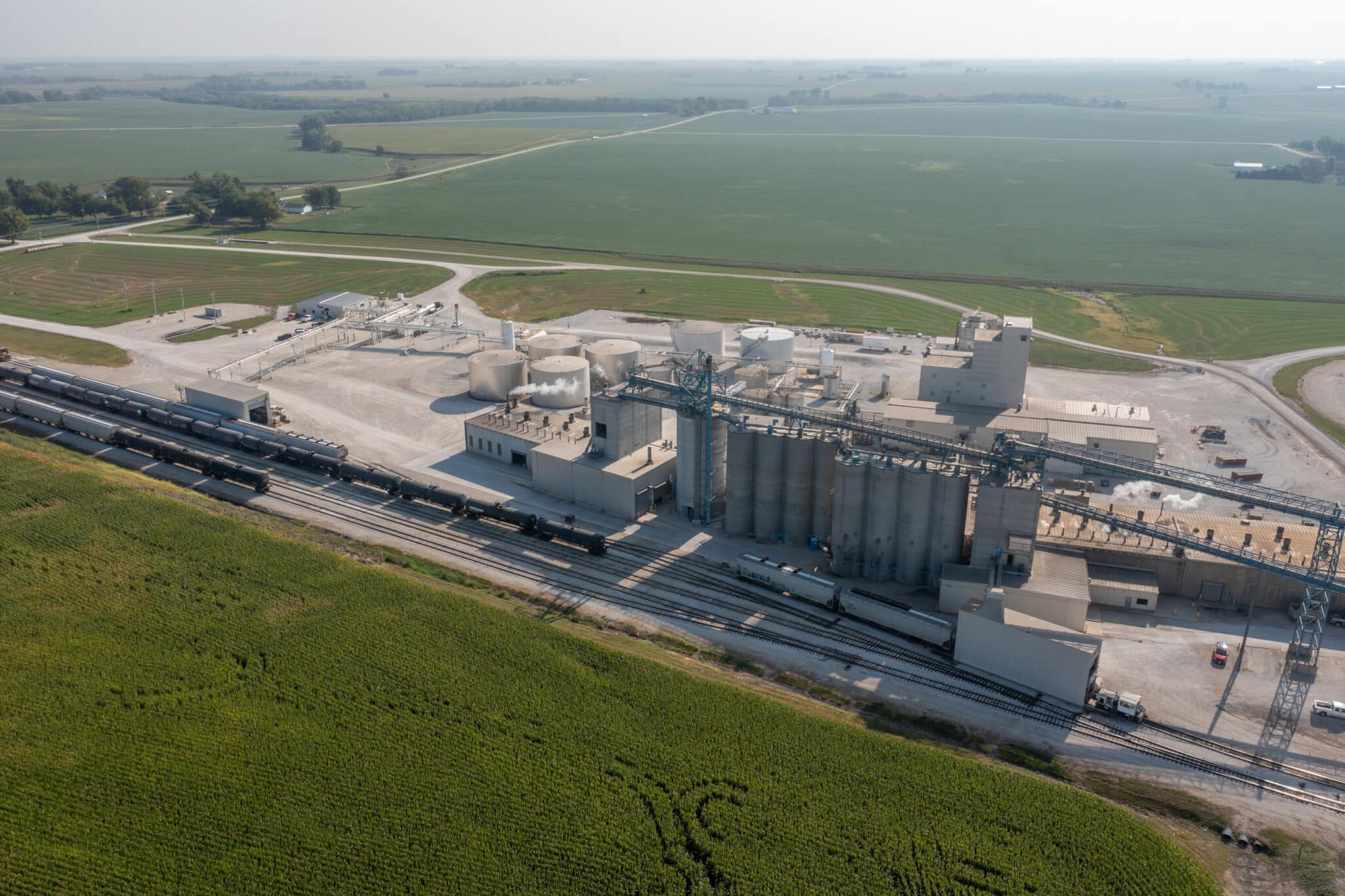Key Takeaways:
- Iowa soybean farmers can now enroll in Landus' Clean Fuel Regulation (CFR) initiative for 2025
- Program aligns with Canada's updated biofuel policy and uses Verity’s platform for sustainability verification
- Soy oil from Landus’ Ralston facility qualifies for clean fuel markets, generating $750,000 in premiums in 2024
- Enrollment opens in August; no limit on bushels, but retroactive enrollment is not permitted
- Landus also expands carbon and sustainability incentive programs for corn and soybean producers
Landus Clean Fuel Regulation Initiative Offers Market Opportunity for Iowa Farmers
Landus has announced an expanded opportunity for Iowa farmers to participate in its Clean Fuel Regulation (CFR) initiative, driven by new policy changes that are expected to increase Canada’s demand for low-carbon liquid biofuels. The program is supported by Verity, a digital platform that enables traceability and validation of sustainability data throughout the agricultural supply chain.
Starting with the 2025 crop year, Iowa soybean farmers delivering to Landus’ mechanical crush facility in Ralston can participate in the program by providing verified sustainability documentation. The soy oil produced at the facility meets updated CFR requirements and qualifies for premium clean fuel markets.
Clean Fuel Regulation Program Enrollment and Premiums
Landus reported approximately $750,000 in premiums were earned by participating farmers for the 2024 crop year. Enrollment for 2025 opens in August. Farmers must complete a short harvester declaration and submit chain-of-custody documentation by early October, before delivery. There is no cap on bushels enrolled, but the program does not accept retroactive applications.
According to Craig Mouchka, Director of Sustainability at Landus, “The more farmers who participate, the greater our collective impact will be on farm profitability and the future of sustainable agriculture.” Landus projects a significant increase in program participation and associated premiums by 2026.
Landus Expands Incentives for Regenerative Practices
In addition to the CFR initiative, Landus continues to grow its sustainability-related offerings through two other programs:
Carbon Intensity Supply Chain Program (with Verity, Friona Industries, and Hereford Ethanol Partners):
- Over $420,000 paid to more than 40 Iowa farmers for corn data contributions in 2024
- Farmers provided detailed digital and physical records, enabling carbon intensity scoring for market premiums
Carbon Ready Program (with Arva Intelligence):
- Over $670,000 paid to over 40 farmers for implementing or maintaining regenerative practices
- Practices included no-till, cover crops, nutrient management, and pest control strategies
- Average payment of $20.08 per acre; program expected to double in 2025
Landus Sustainability Programs Support Revenue and Data Transparency
With nearly $2 million in premiums generated from sustainability programs in 2024, Landus continues to position data-backed regenerative agriculture as a viable source of revenue. Farmers interested in participating in the 2025 crop year programs can contact a Landus representative or visit their website for more information.


